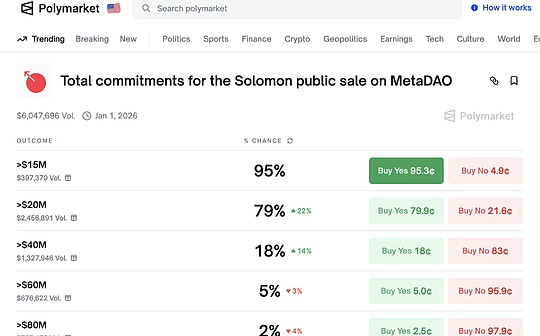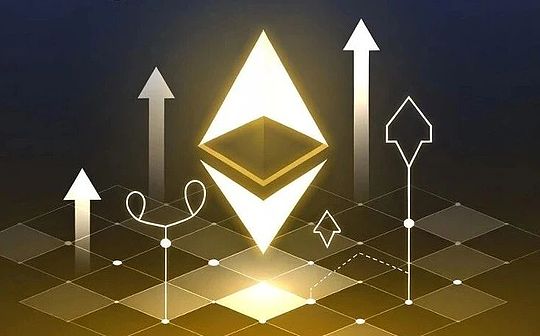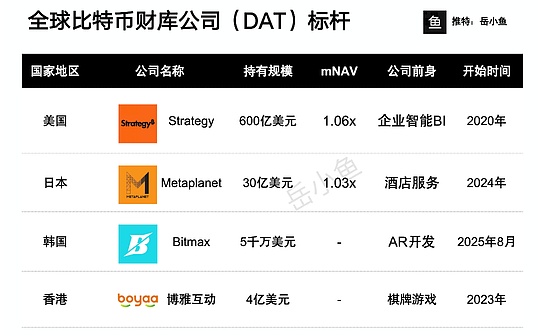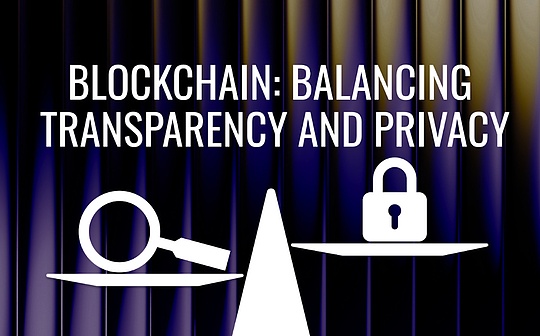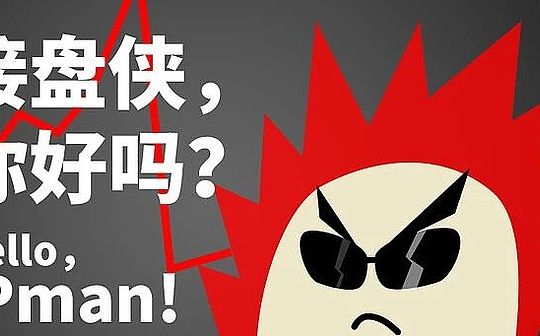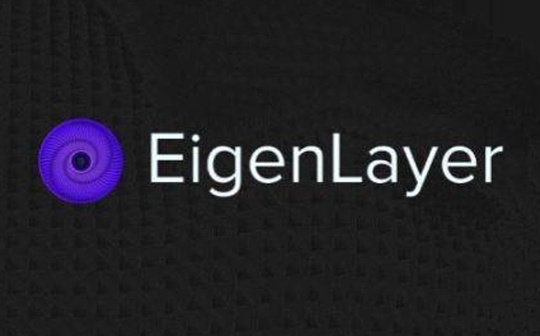
summary
1. EIGENLAYER’s core technologies are pledged to pledge RESTAKING to allow decentralized services (AVS) to reuse the pledge funds pool of Ethereum and enhance the trust mechanism.When ETH’s withdrawal vouchers are redirected to the EIGENLAYER contract, AVS can set a reward and punishment mechanism to attract low -cost verification and participation, improve the use rate of verifications, and enhance the overall network security.
2. Eigenlayer introduced new micro and macro security challenges in the “Consensus Trafficking Market”.The main body of the market: ETH verification, the service items (AVS) that require decentralized POS trust, and the EIGENLAYER platform itself, forms an interactive structure in the ecosystem.Each part may face security threats, affecting the stability of the entire ecosystem.Malicious Operator may attack multiple services at a lower cost under the RestAKING mechanism; malicious AVS may use surface publicity and seemingly credible return to attract the unknown truth to join its service system, causing it to suffer from Slashing and irreversibleLosses; rapid development of ecology put forward higher requirements to the security of the EIGENLAYER protocol.
3. Professional audit and reliable dynamic protection measures are the cornerstones of ensuring platforms and users’ security.Eigenlayer ecology needs to be able to cope with a powerful security framework in addition to innovation.Blocksec continues to build BUILD in the field of blockchain security, providing the project party with professional code audit and dynamic security protection after launch, and supports the continuous growth of this ecosystem.
introduction
Based on Ethereum Agreement EIGENLAYER innovatively proposed the re -pledge function, allowing participants to further use their pledged ETH to support other agreements while maintaining the original pledge and income, so as to maximize the potential value of capital.
From $ 1 billion in 2024 to $ 15.3 billion now, Eigenlayer’s TVL is second only to Lido in the entire DEFI ecosystem.The explosive growth not only shows the strong interest in the market, but also verifies the practicality and influence of its technology.With this growth, projects based on Eigenlayer ecology, such as Puffer Finance and Renzo, also quickly won the favor of capital and users.The re -pledge track with Eigenlayer as the core is undoubtedly one of the most watched narratives in the Defi ecosystem this year.
As a company focusing on blockchain security, we will analyze and explore the operating mechanism of Eigenlayer from a macro to micro security perspective, while innovating the Defi ecosystem, it will bring new security challenges and tests.
Top -level design and macro security
RestAKING is essentially a basic means to further solve specific problems by reusing the trust provided by the PROOF of Stake (POS) pledged fund pool.Eigenlayer, as the founder of RESTAKING technology, provides a newly free trafficking of Ethereum fund pool to a new market, provides a consensus market for sale.Eigenlayer claims that the current Ethereum ecology is suffering a macro security problem of trust division, and Eigenlayer can solve this problem well.Next, we will start from the design and motivation of Eigenlayer to understand what is trust division, and how Eigenlayer solves trust division.
1. Who is the service target of the consensus market?Who is the two parties involved in two -way freedom?
Eigenlayer sells the trust provided by Ethereum Ethereum’s pledged fund pool, so the consensus seller is the Validator of Ethereum verification node.The buyer, the active verification service, ACTIVELY VALIDATED Services (AVSS).In simple terms, it can be understood as one of the services that need to build a distributed trust network. AVS is a buyer, and their demand is to buy distributed trust.
2. Why does this emerging market segment need to exist?What problems have been solved?
Ethereum only provides the innovation of the contract level.And developers have more “deep -seated” innovation needs, such as trying to modify the operating environment of the program (in Ethereum is Ethereum Virtual Machine EVM), or further hope to modify the consensus agreement.
>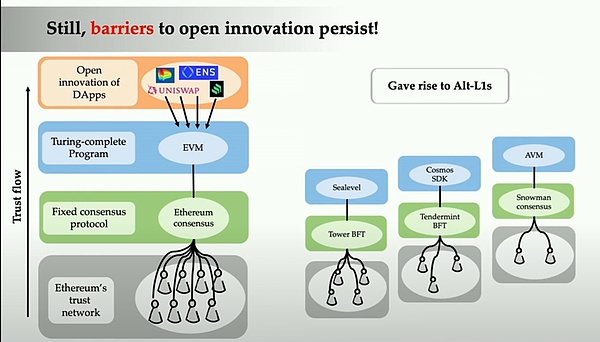
FIGURE 1: Ethereum Trust Flow, Source:Eigenlayer forum
The founders of Eigenlayer regard the desires of these developers for underlying innovation as a market demand that has not been met, as a problem of innovation restrictions and trying to solve this restricted problem by providing a free trafficking market that reuses Ethereum.To meet the innovative needs of developers and reduce the cost of innovation.
EIGENLAYER also responded to the macro security problem caused by Ethereum due to innovation, that is, the problem of trust division.In Ethereum’s POS mechanism, network security relies on sufficient pledge funds and the number of verification nodes.The new project attempts to establish its own trust network often requires pledged token, which leads to the diversion of pledged funds from the main network of Ethereum, affecting its safety.For example, if the Ethereum main network has 10B pledge funds, and the pledge that is scattered to three sub -services is 3B, the actual additional pledge funds do not directly strengthen the security of the main network.In addition, trust splitting may also increase the security risk of DAPPS, because attackers may launch attacks on sub -services with less funds, and use the weaknesses in the system to cause wider security issues.
>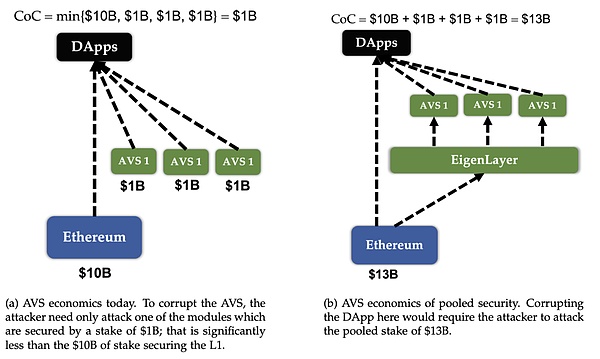
FIGURE 2: Pooled Security of Eigenlayer, Source:EiGenlayer WhitePaper
In summary, the current Ethereum ecology has been subject to innovation restrictions at the same time, as well as the problem of trust splitting caused by innovation.Eigenlayer was born to solve these two problems.
3. How does Eigenlayer solve these problems?
>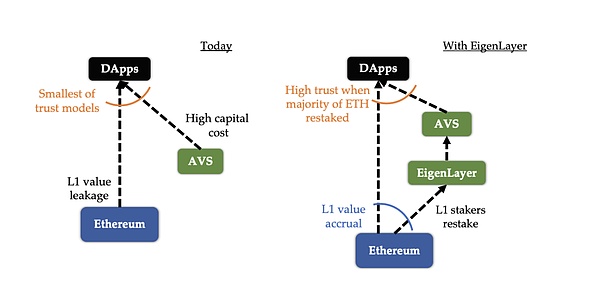
FIGURE 3: compay the ecosystem of actively value services today and with eigenlayer, source:EiGenlayer WhitePaper
The existing AVS cannot access the Ethereum pledged fund pool, and it is not allowed to perform Slashing.The RESTAKING technology is to open a channel that can access the Ethereum pledged fund pool in the form of an interface. This channel is EIGENLAYER.In the abstract layer of Eigenlayer, the service exists in the form of smart contracts, and the bottom level of Ethereum guarantees the reliability of the platform.Through this platform, AVS can define its verification demand and reward and punishment mechanism, attract ETH authenticants to participate at lower costs, and improve the security and efficiency of the entire network.These services include deploying dedicated Slashing and Payment Contracts, allowing verifications to choose to participate as needed to obtain profits as needed.
4. Does Eigenlayer have a good solution to these problems?Are these two problems accompanied by some costs?
First of all, regarding the issues of innovation restrictions, the trust provided by reusing the Ethereum pledged fund pool can enable AVSS to indirectly absorb the trust of Ethereum, effectively reduce the startup cost of such services, and provide prerequisites for the ecological prosperity of the blockchain.
Then there is the problem of more critical Ethereum trust division.On the one hand, investors support AVSS with EIGENLAYER to re -pledge AVSS is a greater choice for profit returns, which can largely support the pledge funds that are diverted to decentralized services to the pledged fund pool in Ethereum.On the other hand, the cost of verifications involved in verification has become lower.For AVS itself, it can attract more re -pledged assets at a lower price, and more re -pledged funds are reinforced in the weakest part of the attacking event chain mentioned earlier, which has improved the overall as a wholeSafety.
From the perspective of design and motivation, many projects have made mature attempts to innovate, such as COSMO, OP Stack, etc.These projects allow emerging projectists to initiate a new public chain at a relatively lower cost, but none of them solve the macro security problem of trust division.Eigenlayer’s trust division macro security issues, as well as lower thresholds for AVSS and higher income (accompanied by risks) of ETH Validator, are very attractive and unique.
Safety of emerging ecology
Eigenlayer’s trust trafficking market can be divided into three subjects:
-
Operator, that is, the generally considered ETH VALIDATOR, a trusted seller;
-
AVS, a service item that needs decentralization POS trust, buyer;
-
The EIGENLAYER platform that supports Operation and AVS is the market itself.
These three subjects constitute the ecosystem of Eigenlayer, and each of them may face security threats, affecting the stability of the entire ecosystem.
1. Mal malicious Operator crime cost reduction
ETH VALIDATOR only needs to pay one capital in the Eigenlayer ecosystem to get multiple returns.This greatly improves the utilization rate of pledge funds, making Operator’s threshold for entering the AVSS service trust network lower.Correspondingly, Operator also needs to undertake the verification task specified by the selected AVS and bear additional risks.The increase in funds for malicious Operation is also significantly reduced.
This risk is mentioned in the white paper and provides a potential solution, that is, setting a Dashboard that can be accessed at will. AVS, which can be highly available in malicious funds, can check whether the operator of the RestAKing pledged deposit to the RestAKing pledged deposit on the DashBoardMany pledge status, how many times have pledged.The white paper emphasizes that this is a two -way freedom market. It does not care about the utilization rate of malware and does not allow multiple pledge. Obviously, it can attract more RestAKing pledge deposits, which depends on AVS’s own consideration.
2. Malicious AVS attracts blind operator
AVS mainly provides a reward and punishment mechanism for the RestAKing pledge deposit in the EIGENLAYER market, and the reward and punishment mechanism is determined by the AVS itself. The corresponding Contract will be deployed on the main network of Ethereum.Operation and Eigenlayer can also require AVS project to open source contracts, but we cannot guarantee that each Operator has enough ability and energy to confirm whether the AVS service we want to buy is reliable.AVS’s absolute freedom may have malicious AVS to attract Operator through false or exaggerated information, and use contract coding vulnerabilities to trigger Slashing through the back door.The market is always profitable, malicious AVS may attract relatively blind Operation, and eventually suffer from malicious Slashing and other behaviors, bringing irreversible losses.
In order to avoid such incidents, the security and reliability of the AVS reward and punishment mechanism can be guaranteed by auditing.Eigenlayer White Paper hopes that AVS’s reward and punishment contracts need to be reasonably audited and evaluated.At the same time, the EIGENLAYER White Paper proposed to set up a committee for supervising the Slashing reward and punishment mechanism to help the emerging AVS used to help start on track.
3. Platform security
Finally, the security of Eigenlayer itself, that is, the security of the platform.If the Eigenlayer platform itself has a safe leak, it will cause huge harm to the entire ecology, and even directly threaten the POS consensus security of Ethereum.Considering that Eigenlayer aims to provide a two -way freedom trading market for Operation and AVSS, it is necessary to provide more custom interfaces for both parties to support richer needs.This rich demand will also make the abstract layer more complicated to a greater extent, which will lead to more potential security threats.
Because Eigenlayer itself is also implemented by the contract, its basic security can also be guaranteed by code audit and monitoring after launching, but as mentioned earlier, these contracts still need to be tested by time.
Summarize
Eigenlayer innovatively proposed the RESTAKING mechanism, which not only optimizes the use of funds, but also improves the scalability of the network while dealing with the macro security issues that trust the split.However, in addition to many innovative advantages, it also introduces new security challenges and potential risks, such as the reduction of evil costs caused by the increase in funds.Therefore, for blockchain developers, investors and security experts, it is crucial to pay attention to the problem of accompaniment and find a solution.
As a company focusing on blockchain security, we realize that for the security of maintaining the entire DEFI ecology, the code of Eigenlayer and its ecosystems, and the implementation of dynamic monitoring and security protection measures are very critical.During the design and implementation stage of AVS, security should be fully considered, and professional audit and dynamic monitoring and security protection should be the cornerstone of the security of platforms and users.With the continuous evolution of blockchain technology and the growth of market demand, Eigenlayer and its ecology need not only innovation, but also a powerful security framework that can cope with new challenges.Therefore, we will continue to be built at the frontier of security, provide fine code audit services for more projects and monitoring and dynamic security protection after launching, and support the continuous growth of this ecosystem.

